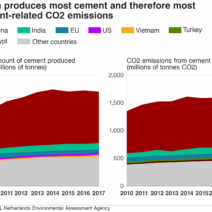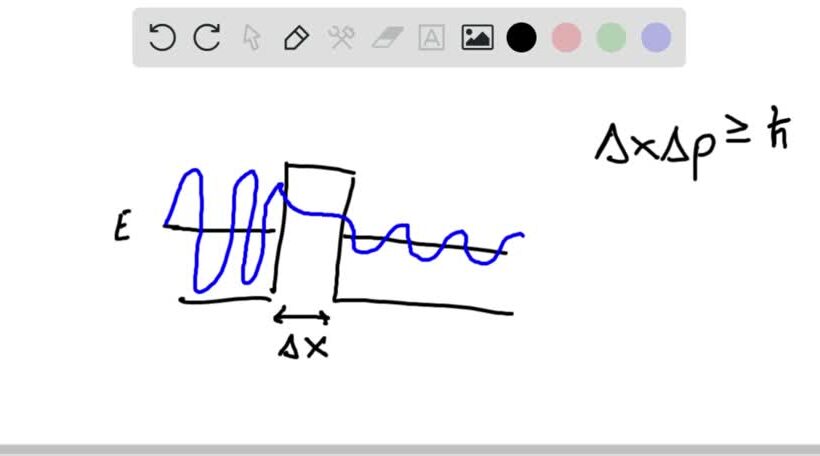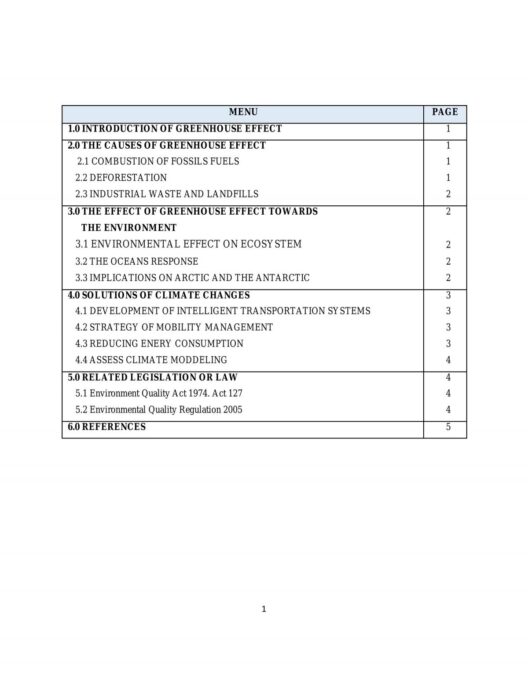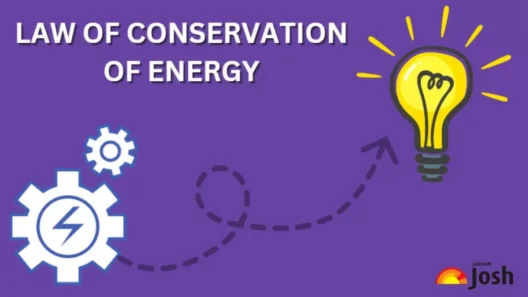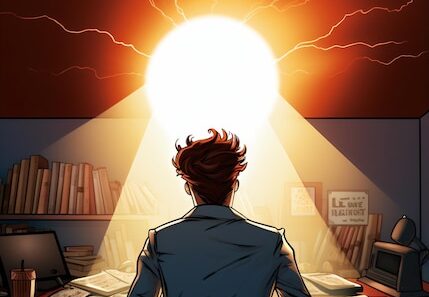The notion of quantum tunneling is not merely a captivating quirk of quantum mechanics; it challenges our classical understanding of the universe, including the fundamental principle of energy conservation. As we traverse this intricate landscape of subatomic particles, we encounter paradoxes and revelations that prompt a reevaluation of our scientific interpretations. Does quantum tunneling indeed breach energy conservation? To unpack this question, we must delve into the core tenets of quantum mechanics and the implications that emerge from the enigmatic behavior of particles at the quantum level.
Understanding Quantum Tunneling: A Primer
At its essence, quantum tunneling describes the phenomenon where particles traverse through energy barriers they classically should not be able to surmount. Imagine a ball rolling up a hill but mysteriously appearing on the other side without possessing enough kinetic energy to climb the peak. This seemingly surreal occurrence is grounded in the probabilistic nature of quantum mechanics, where particles are considered to exist in a state of superposition, their exact positions and energies simultaneously indeterminate.
When a particle encounters an energy barrier, traditional physics dictates it must possess sufficient energy to overcome this obstacle. However, in the quantum realm, particles can “tunnel” through these barriers, with a probability derived from their wave functions. Essentially, there’s a hint of uncertainty that allows them to appear beyond the barrier, akin to phantoms slipping through walls. This is not merely theoretical—quantum tunneling has far-reaching implications across various domains, including nuclear fusion, semiconductor physics, and even the biochemical reactions essential for life.
Energy Conservation: Classical Foundations
To grasp the complexities surrounding quantum tunneling, a fundamental understanding of energy conservation is crucial. Classical physics asserts that energy can neither be created nor destroyed; it can only be transformed from one form to another. This principle is a cornerstone of thermodynamics and underpins much of our technological advancements. In this regime, energy conservation aligns neatly with our perceptions and equations, reinforcing the intuitive idea that systems strive for a kind of equilibrium.
However, in the enchanting world of quantum mechanics, the rules shift. The behavior of subatomic particles defies classical expectations, creating a landscape where traditional notions of energy conservation must be reassessed. Is it plausible that particles can seemingly vanish from one state and reemerge in another, potentially violating energy conservation as neuroscientist Eric J. Chaisson suggests? This is where the nuances of quantum mechanics emerge, and the inquiry takes a fascinating turn.
Quantum Tunneling and Energy Conservation: A Delicate Balance
Quantum tunneling provokes an essential question: does it compromise the integrity of energy conservation? The answer is more nuanced than a simple yes or no. While particles can tunnel through barriers, the conservation of energy still holds within the entirety of the quantum system. The energy principles governing these processes exist not as absolutes but rather as statistical probabilities and averages over numerous interactions. The energy absorbed and emitted during tunneling events is mirrored in the entirety of interactions and transformed as the particles engage with their surroundings.
Consider how quantum tunneling facilitates nuclear fusion in stars, comprising the very essence of energy production. Here, atomic nuclei tunnel through the electrostatic barrier that would usually repel them. Despite their individual energies being lower than the barrier, the aggregate energy dynamics within the stellar environment uphold the tenets of conservation. Hence, while tunneling may appear to transgress classical boundaries, it operates within a layered understanding of energy conservation in a quantum context.
Broader Implications and Paradigm Shifts
The intricacies of quantum tunneling ennoble a scientific narrative that opens avenues into more profound philosophical discussions. It beckons us to question the deterministic framework we often impose on the natural world. Does energy conservation, at its core, signify an absolute, or is it merely a guideline that shapes our understanding? The dance of probabilities orchestrated in quantum mechanics illustrates that uncertainty and potentiality may indeed hold sway over the firmness we ascribe to classical laws.
Furthermore, the implications of quantum tunneling extend beyond theoretical musings. Technologies inspired by this phenomenon—such as quantum computing and advanced materials engineering—could revolutionize the way we interact with information and energy systems. As research progresses, the intersection of quantum mechanics and energy conservation may inspire new frameworks that buoy our understanding, challenging existing paradigms and offering innovative solutions to complex problems.
In Conclusion: Embracing the Enigmatic
The question of whether quantum tunneling violates energy conservation elicits more than a mere scientific inquiry; it embodies a broader exploration of reality itself. If particles can traverse barriers in ways that defy classical logic, we are compelled to rethink our foundational principles. Perhaps energy conservation, while pivotal, is a reflection of our current understanding rather than a rigid rule. By embracing the mysterious essence of quantum mechanics, we find ourselves standing on the precipice of a new era—one where curiosity leads not only to novel technologies but also enriches our philosophical comprehension of the universe.


